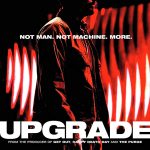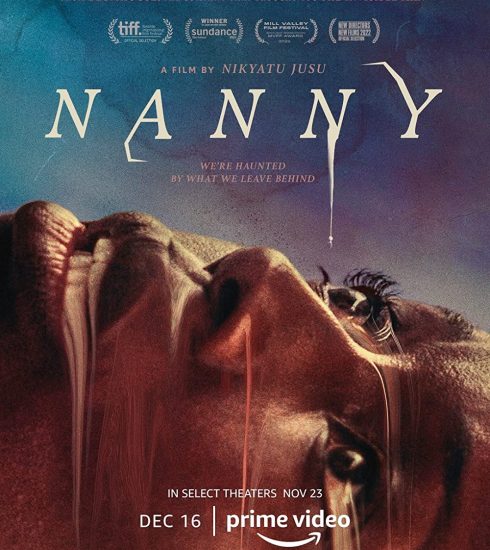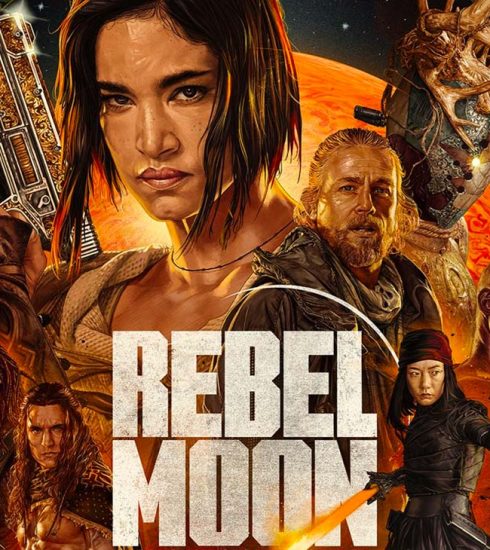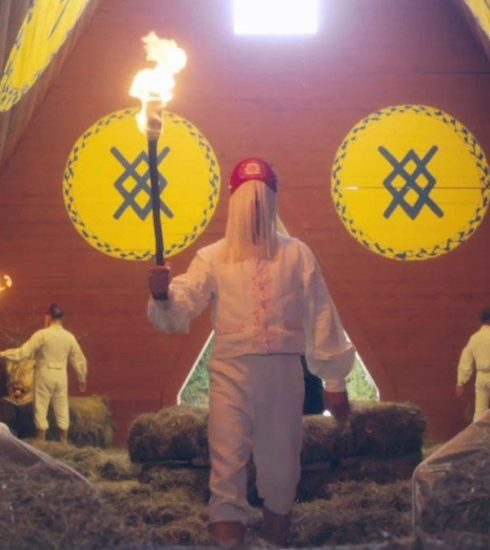Movie Review: The Little Mermaid
Two years ago, Disney announced that, for the first time in a decade, they were starting to train artists in traditional hand-drawn cel animation. Like any lover of animation, my heart soared, but the cynic in me feared that the plan was to make new cartoon features that could be cannibalised in decades to come for more redundant live-action features like The Little Mermaid. The first film in the Disney Renaissance, the one that literally saved the animation division, 1989’s The Little Mermaid is an undeniable classic.
It is also the latest hand-drawn classic to be fed into the machine that spews out Disney’s often-CG-amplified “live-action” remakes, beginning in 1994 with Rudyard Kipling’s The Jungle Book and floating between cresting highs (101 Dalmatians) and abyssal lows (Tim Burton’s eye-bleedingly awful Alice in Wonderland). This remake just sort of treads water, buoyed up by the excellence of the original. You all know the story: Ariel (Bailey) yearns for life on land and to stand by Prince Eric (Hauer-King), but her mermaid fins get in the way. Enter the slithering sea witch, Ursula (McCarthy), who strikes a Faustian deal: legs for Ariel’s voice.
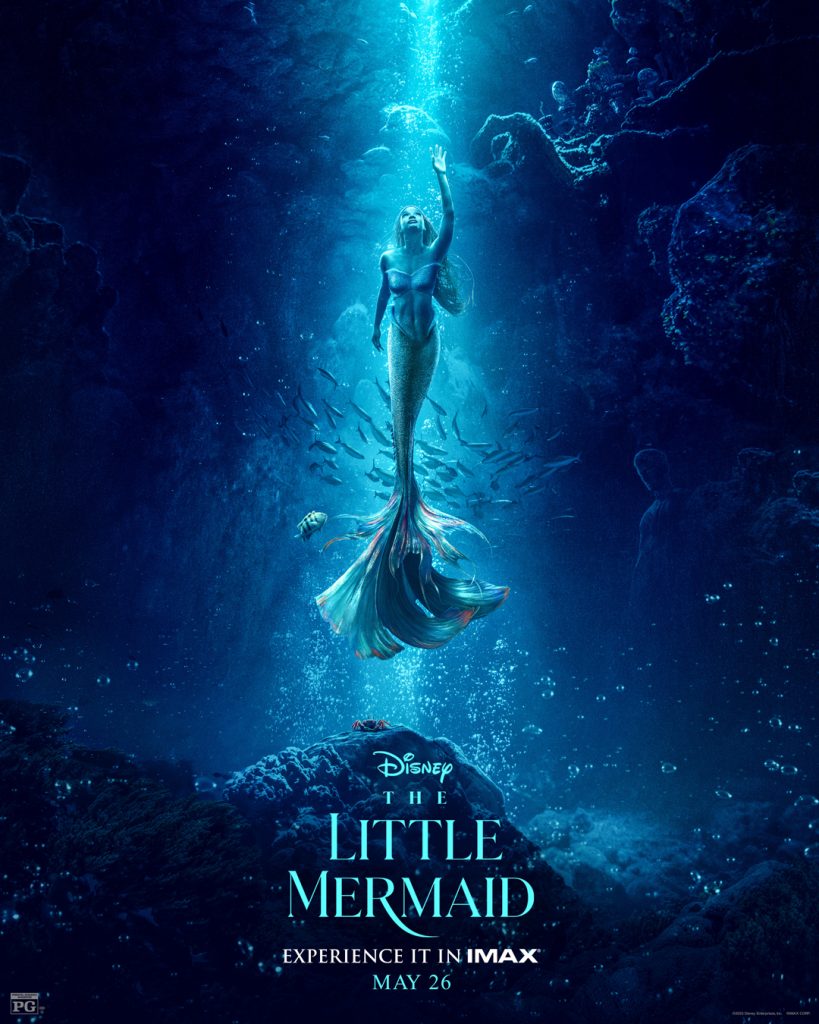
So now it’s up to the now footloose princess and her trio of anthropomorphised pals – Diggs as Sebastian, the too-photorealistic crab, Tremblay as a positively nightmarish Flounder the fish, and Awkwafina as Scuttle the seagull, to kiss the boy before the enchantment becomes a curse. Remakes aren’t necessarily bad. The Little Mermaid’s real sin is that it’s insufferably long. There’s an extra 52 minutes of bloat here, and it’s not just credits for the endless ranks of artists responsible for the sporadically gorgeous and occasionally dismally murky graphics. Nor can it all be attributed to the glacially slow direction by Rob Marshall, who has lost much of his sly UPGRADE energy.
Disney pulled in David Magee for the new script, which would seem to make sense after his success with Marshall on Mary Poppins Returns: But his every addition becomes a subtraction from John Musker and Ron Clements’ lean but touching original. He consistently underlines every point they left implicit while crowbarring in a clumsy and inessential subplot about tensions between the surface folk and those under the sea. Even the little tweaks make matters weaker: For example, the family gathering at the beginning is no longer a concert but a governmental meeting. So the importance of Ariel’s voice is reduced, even though that’s central to the story.
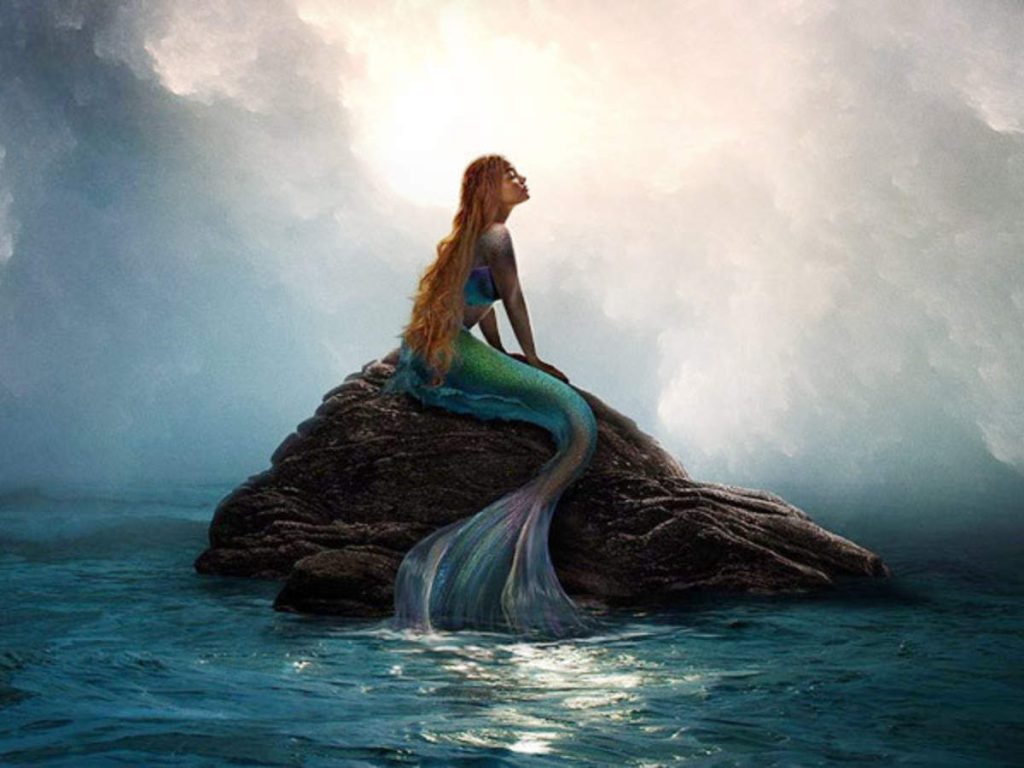
It’s a minimal change, superficially, but subtextually infuriating. At least the singing is up to par, even if the new songs (again) add little. Wild Uncharted Waters, an Ed Sheeran-esque power ballad, is part of that unnecessary push to give Eric more depth, but it’s still better than the awkwardly inserted The Scuttlebutt, a tone-breaking rap by Diggs and Awkwafina that should have Disney reconsider its mandatory Lin-Manuel Miranda policy. It’s also yet again proof that Marshall believes a good tune can make up for a lagging plot. It can’t.
But Marshall is at least generally respectful of the original, and so enough of what made the original magical is still there to make this recognisable. But, yet again, that’s all of what’s best here, new interpretations and impersonations of what was done before. McCarthy’s tentacled menace is fine, but merely an approximation of what Pat Carroll did with the voice and Ruben Aquino created as character animation in the original. Bailey, equally, is a fine Ariel, but was always going to end up chasing Jodi Benson’s tail (as originally drawn by Glen Keane and Mark Henn).
At the end of the day, people won’t be lining up at a Disney park to ride a clamshell into a ride based on this live-action version. And that tells you everything you need to know. Next time, Disney, maybe just give this kind of money to the animators
Boluwatife Adesina is a media writer and the helmer of the Downtown Review page. He’s probably in a cinema near you.



